In this Tech talk, Josh Mercer, the director of Technical Services and Training at West Petroleum, discusses the best practices for lubricants storage. The primary focus is on preventing contamination, keeping moisture and hard particles out of lubricants, which is commonly referred to as “keep it clean, keep it dry.” However, Mercer also discusses what to do when water makes its way into fresh, non-service lubricants and how to identify different types of water contamination. There are three types of water contamination: dissolved water, which is entirely normal and does not cause any adverse conditions; free water, which separates from the fluid and sits at the bottom of the container, and can be removed; and emulsified water, which is the most destructive form of contamination, making the oil cloudy and opaque. Mercer advises that to identify emulsified water contamination, a fresh, clean oil sample should be poured into a clear PET container, and if it appears cloudy and lacks clarity, it is contaminated with emulsified water.
In summary, preventing contamination in lubricants storage is crucial, but when water contamination occurs, it is essential to identify and deal with it properly. By understanding the different types of water contamination and using a simple test, it is possible to identify emulsified water contamination, which is the most destructive form, and take corrective action to prevent equipment damage.







